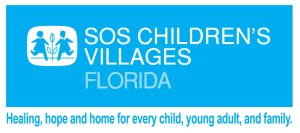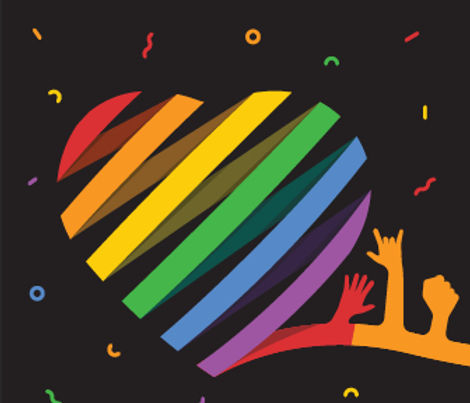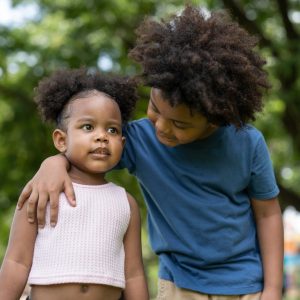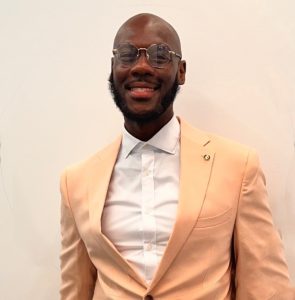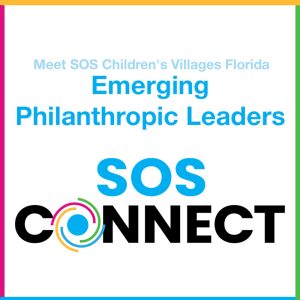 LGBTQ+ youth enter the foster care system for many of the same reasons as non-LGBTQ+ youth, such as abuse, neglect, or parental substance abuse. However, they have the additional layer of trauma associated with being rejected or mistreated because of sexual orientation, gender identity, or gender expression. In some instances, coming out has led to abuse that leads to the child being removed from home, causing LGBTQ+ youths being over-represented in the foster care population.
LGBTQ+ youth enter the foster care system for many of the same reasons as non-LGBTQ+ youth, such as abuse, neglect, or parental substance abuse. However, they have the additional layer of trauma associated with being rejected or mistreated because of sexual orientation, gender identity, or gender expression. In some instances, coming out has led to abuse that leads to the child being removed from home, causing LGBTQ+ youths being over-represented in the foster care population.
At SOS we work to ensure our youth can live their lives authentically, are protected, and are in safe and loving homes.
I identify as pansexual, meaning I am not attracted to a specific gender or sexual orientation...l am drawn to people based on their personality. I was unsure about coming out, or even how I identified, and it was not until my senior year of high school that it all came together. I remember one ofthe Next Steps Case Managers taking me to an event for LBGTQ+ youth in foster care which was helpful.
Jennifer G, SOS Next Steps young adult
Q. What are some of the challenges LGBTQ+ youth experience while in foster care?
A. Many experience challenges with finding placement, relating to other children in their home, bullying, chronic depression, sadness, lower adoption rates, suicidal ideations, and trust issues. Many of these result in lowered academic performance.
Q. What percentage of your population are LGBTQ+?
A. At SOS Children’s Villages, 5% of our youth in the Village identify as LGBTQ+, and of young adults in our NEXT STEPS program identify as LGBTQ+ vs. 11% of non- LGBTQ+ youth. Nationally, there is an over representation of LGBTQ+ youth in foster care at a rate of 30%.
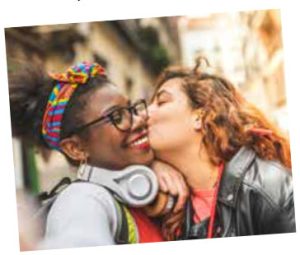
Q. What resources do you offer LGBTQ+ youth in your care?
A. We have a wonderful community partnership with Sunserve, an organization in Wilton manors which provides life assistance and professional mental health services with an emphasis on economically disadvantaged, and marginalized youth, in the greater South Florida metropolitan area. We also have an on-site therapist to work with our children who may have issues to work through as they address their sexual orientations.
Q. What does SOS do to ensure that the trauma some LGBTQ+ youth in foster care experience is minimized?
A. We work to ensure our youth can live their lives authentically, are protected, and are in safe, and loving homes. Our homes offer a loving and inclusive environment and bullying and marginalization by other children is not accepted. We celebrate diversity and have welcomed a same sex married couple, one of whom is a foster parent at the Village.

Q. What is the most important protective factor for LGBTQ+ youth?
A. Family acceptance has been linked to positive outcomes for LGBTQ+ youth. When you consider that LGBTQ+ youth who are in foster care are four times more likely to be kicked out, abandoned, or run away due to treatment based on their identity compared to non-LBGTQ+ children. Over 40% of transgender and non-binary youth reported these negative outcomes.
Q. What can you share on adoption within the LGBTQ+ community?
A. LGBTQ+ parents are seven times more likely to raise adoptive and foster children than some other couples. They are empathetic towards feeling neglected or not fully accepted by biological family and want to ensure that these children get the care, love, and upbringing they deserve.
As a trans male, all I can say is that it was not easy. It was difficult having to live my life with expectations of being a female when that was never who I was in my soul.
Next Steps Program young adult
Sources:
Human Rights Campaign (HRC) Foundation’s All Children – All Families program
